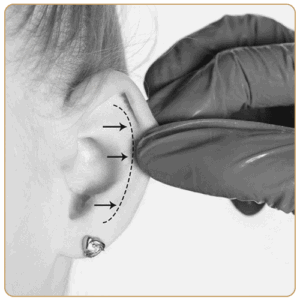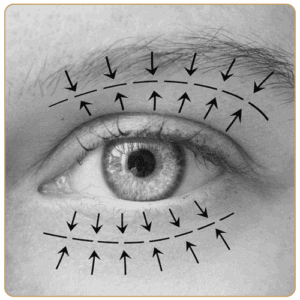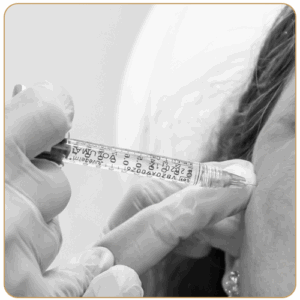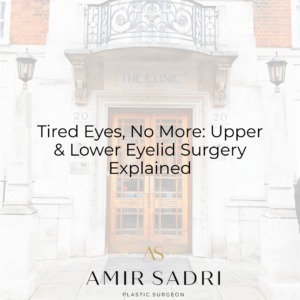Ear pinning, or otoplasty, is a surgical procedure that reshapes the ears to achieve a more aesthetically pleasing appearance. It is often sought by parents for their children, especially when protruding ears lead to teasing or self-esteem issues. While the procedure can be performed safely in children, it’s essential to consider various factors before making a decision.
One of the primary concerns surrounding ear pinning in children is the age at which the procedure is performed. Most experts recommend waiting until a child is at least 5 to 6 years old, as this is when the ears have typically reached near full size. Performing the surgery too early may lead to the need for additional procedures as the child grows. However, addressing ear prominence early can provide emotional relief for children who face bullying, helping to improve their social interactions during formative years.
It is crucial to choose a qualified surgeon experienced in pediatric otoplasty. A thorough consultation should involve discussing the child’s specific needs, as well as the potential risks, benefits, and recovery process. Common risks associated with ear pinning include infection, bleeding, and scarring, but these are generally minimal when the procedure is performed in an accredited facility by a skilled professional.
The recovery period following ear pinning is relatively short. Most children can return to their normal activities within a week, although they should avoid physical activities that may cause trauma to the ears for a few weeks. Parents should also ensure their child follows post-operative care instructions to promote healing and reduce any complications.
Ultimately, ear pinning can be safe and beneficial for children when appropriate measures are taken. Parents should weigh the potential psychological benefits against the risks of surgery and consult with healthcare professionals to make an informed decision. For many families, addressing ear prominence through otoplasty can significantly enhance a child’s confidence and quality of life.










